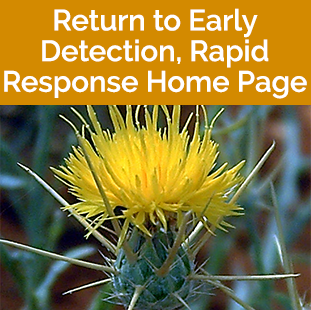Scotch Broom
(1B, limited presence in Montana)
(Cytisus scoparius)
Quick ID
- Seeds pods that are hairy along the edges and turn black when mature
- Bright yellow pea-type (papilionaceous) flowers consisting of a banner petal, two wing petals, and two fused keel petals
- Large true shrub, can be 10’ or taller when mature, and can grow up to 8’ tall in 2 years, with woody stems as plant ages
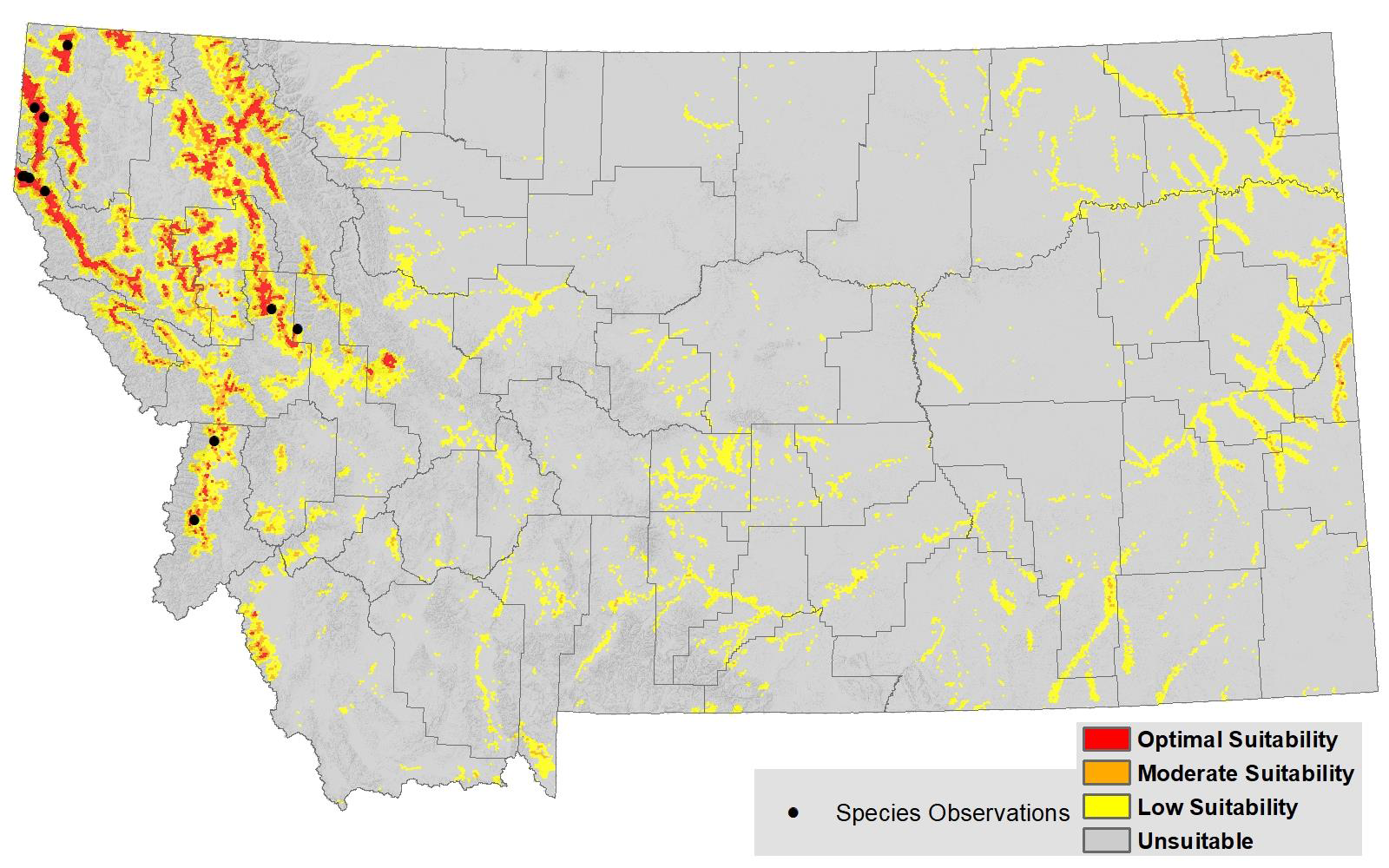
Map Courtesy of Montana Natural Heritage Program, Scotch Broom – Low Suitability: 7% of Montana, Moderate: 1%, Optimal: 1%. Larger image.

Video Information
Weed Images
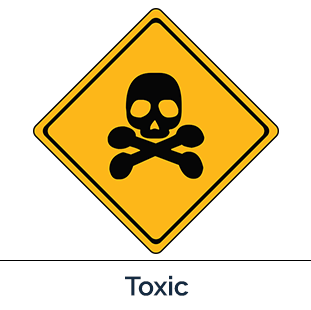
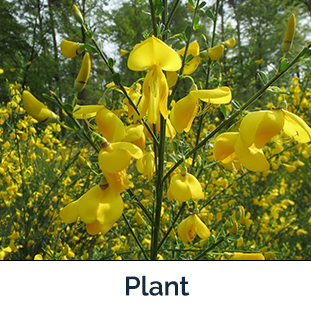
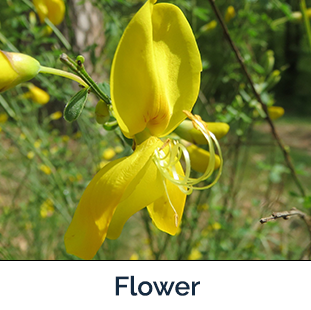
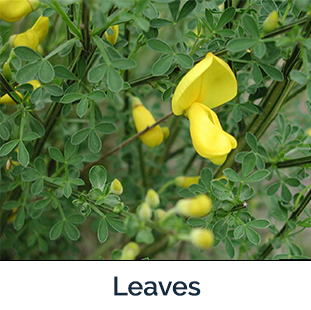
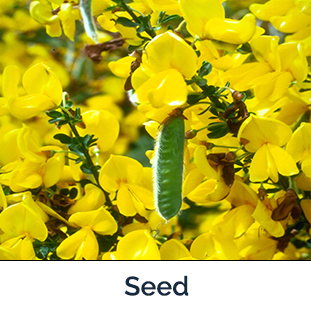
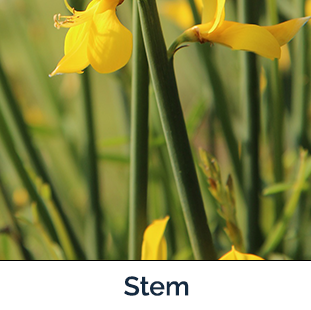

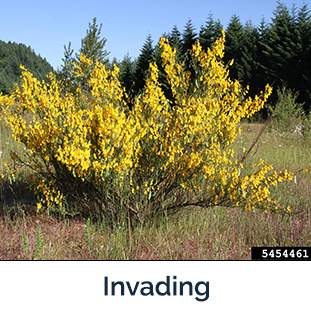
Weed Specifications
| Type | Information |
|---|---|
| Toxicity | Toxic, but rarely grazed |
| Best Management Practices |
Hand-pull small, young plants; cut the stem with loppers as close to the ground surface as possible with older plants, the lower the cut, the less chance for regrowth, then collect and dispose; herbicide, repeated mowing, repeated prescribed burns, continued prevention *See additional documents below |
| Habitat | Disturbed areas, roadways, open forests, prefers full sun, associated with road construction and timber harvesting |
| Root | Deep taproot |
| Leaves | Small (~1/4”), simple on the upper branch, trifoliate on the lower branch, alternate |
| Lifespan | Long-lived (20 years or more) deciduous perennial shrub |
| Similar Looking Plants | In Montana, golden banner (Thermopsis montana) and Siberian peashrub (Caragana arborscens), as well as Portuguese broom, Spanish broom, and French broom, which are not in Montana but are in nearby states |
| Important Information | Only reproduces by seed, but each plant can produce tens of thousands of seeds, and seeds can remain viable in the soil for decades; forms dense stands, introduced as an ornamental and as erosion control |
Find Out More...
- Montana Field Guide – Scotch Broom
- Montana Noxious Weed Association – Scotch Broom
- MontGuide - Scotch Broom - orderpubs@montana.edu (opens in new tab) or call 406-994-3273
- MSU - Biology, Ecology, and Management of Scotch Broom -
- orderpubs@montana.edu or call 406-994-3273
- National Park Service - Scotch Broom
- NRCS – Biology, Ecology, and Management of Scotch Broom
To Report, Contact:
Kellieann Morris
Ravalli County Noxious Weed Coordinator
Montana Scotch Brook Task Force Coordinator
Phone: 406-777-5842
E-mail: kmorris@rc.mt.gov
Events
Ask a Question
Ask a Question
